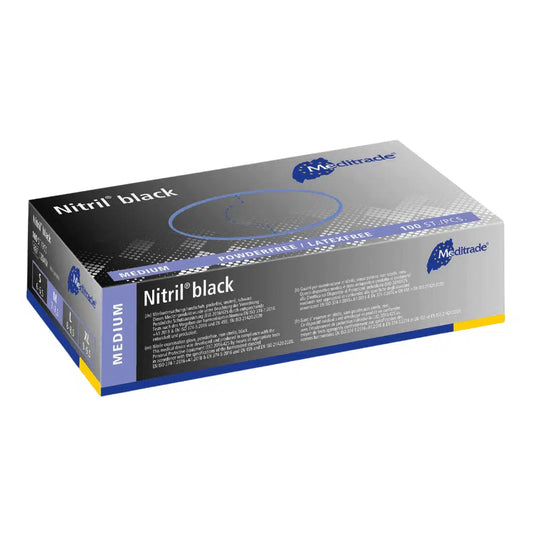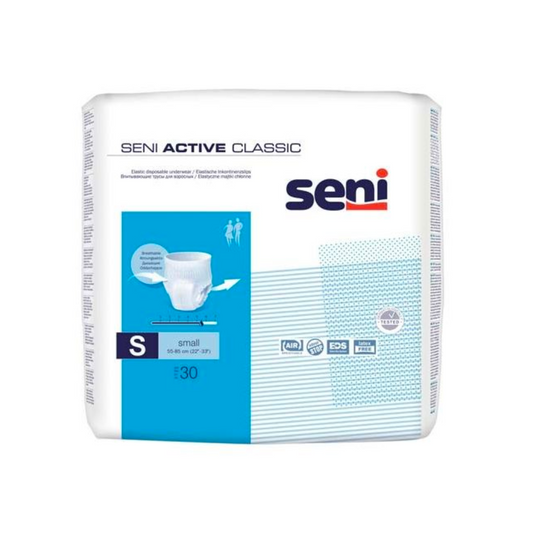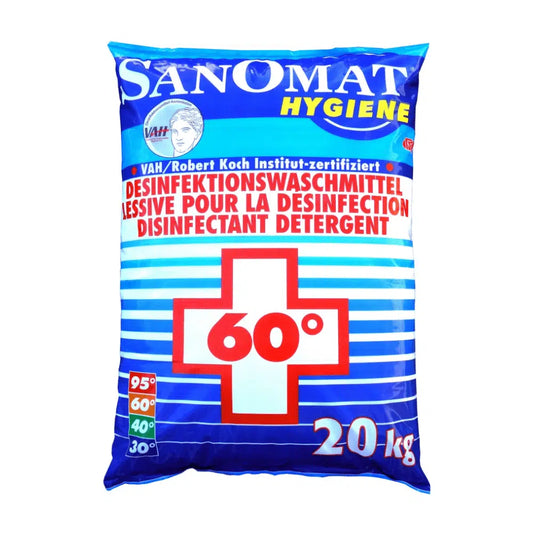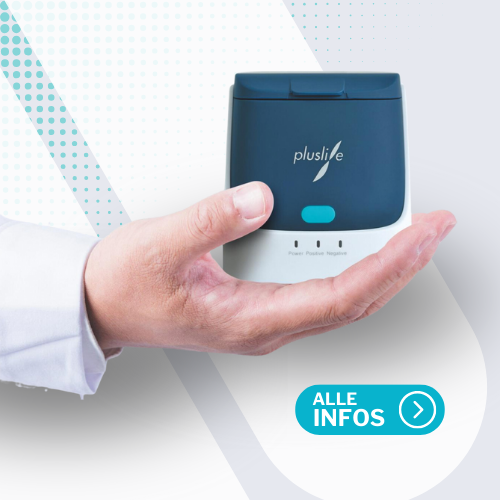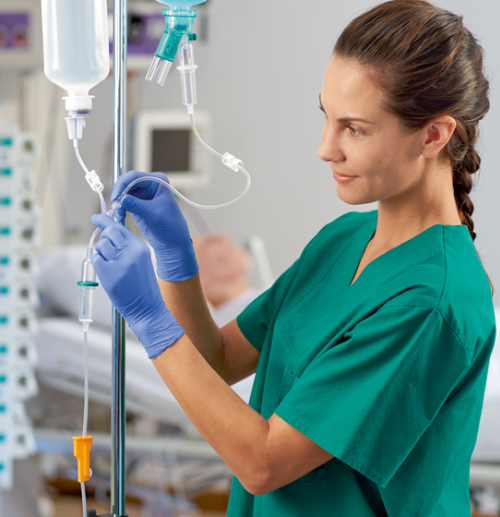
The HACCP concept simply explained!
Certainly you have heard of "HACCP" or read the abbreviation somewhere, especially if you are interested in topics related to food safety, kitchen hygiene or gastronomic provisions. But what does HACCP actually mean? And why is it so important that companies and restaurants of all kinds stick to it?
Let's start with the breakdown of the abbreviation HACCP. It stands for "Hazard Analysis and Critical Control Points", ie in German: "Dangerous analysis and critical control points". Even if that sounds complicated, the concept behind it is more understandable than you may think.
Introduction to the HACCP concept
Imagine a large feast for friends and family. You choose the ingredients carefully, pay attention to the freshness and quality when buying, store them correctly, and while cooking, you make sure that everything is hygienic and the food is properly cooked. All of these steps are part of what is known in the professional world as the HACCP concept.
In the food industry, this means that every step of the process - from growing the raw materials to processing and transport to the preparation and serving of food - is strictly monitored in order to avoid any dangers that could affect food safety. These "dangers" can be microbiological, chemical or physical nature.
Understand the meaning of HACCP
Why is HACCP so important now? Quite simply, it's about our health. Food processing errors can lead to diseases that can range from slight stomach upset to serious health complications. The HACCP system helps to minimize these risks by ensuring that potential dangers are identified and controlled before being a problem.
HACCP guidelines and regulations
In many countries, HACP guidelines are not just a recommendation, but a legal requirement for companies that deal with food. The HACCP regulations determine in detail how companies have to create and implement a HACCP plan that is tailored to their specific operation.
The "HACCP principles" that form the backbone of the system are central to the understanding and implementation of HACCP. There are seven principles that, if used correctly, help to ensure that food is safe.
The 7 principles of the HACCP concept
-
Danger analysis (HACCP hazard analysis): The first step is to identify possible dangers that could occur. Here companies consider everything that could go wrong and how likely it is that it happens.
-
Determination of the critical control points (CCPS): These are the phases in the production process in which the identified dangers can be checked to prevent them from being a risk.
-
Definition of critical limit values: For each CCP, a criterion or a limit must be determined that must be mastered or eliminated to prevent a hazard.
-
Establishment of monitoring procedures: This means that regular tests and other monitoring measures are carried out to ensure that things are as planned.
-
corrective actions: If monitoring indicates that something is not within the defined critical limit, measures must be taken to correct the situation.
-
Verification procedure: These steps ensure that the HACCP system works properly. You can include tests, additional checks and other procedures.
-
Documentation and records: An effective HACCP system requires precise documentation. This includes records of dangers and your control, surveillance activities and corrective measures.
The HACCP concept goes far beyond simple food processing. It extends to all aspects of food safety and hygiene, including an often overlooked but decisive area: the use and handling of cleaning agents within a HACCP -compliant system. When we think about food safety, cleaning and disinfection play a key role in preventing contamination, and here special HACCP cleaning products come into play.
HACCP and cleaning agents: Why is it important?
First, why is the selection of the right cleaning agents so important as part of a HACCP plan? Well, in environments in which foods are processed or prepared, dangerous microorganisms can thrive. This includes bacteria, viruses and molds that represent all potentially dangerous contamination.
Cleaning is not just a question of cleanliness. It is a strategic action to reduce the risk of cross -contamination between raw and cooked products and the general risk of food poisoning. Cleaning agents play a key role, because if they are used correctly, they can help minimize these microbiological risks.
What makes a cleaning agent a HACCP product?
Cleaning agents used in HACCP-compliant facilities must correspond to certain standards and regulations. They must not contain any components that are unsure for the food produced in the facility. This means that you have to be effective enough to kill microorganisms, but you are not allowed to leave toxic residues that could get into the food chain.
In addition, HACCP-enclosed cleaning agents with clear instructions for their use must come. This includes information on the correct dilution, application, required exposure time and specific security measures when dealing with the product.
Listing HACCP cleaning products
Companies that produce HACCP-compliant cleaning products must ensure that their products are subjected to strict tests to meet the security standards. These products are often listed in a "HACCP product list", which serves as guidelines for food processing companies to ensure that they select the correct products.
These lists contain details such as:
- Product name
- Use purpose (e.g. surface cleaner, dishwasher, etc.)
- Instructions for safe use
- Information on the effectiveness against certain microorganisms
- Packaging details
- Information on disposal and storage
Final thoughts
Finally, it is important to emphasize that the use of HACCP-compliant cleaning agents is only an element of a comprehensive HACCP plan. For effective food safety, all aspects of the system must be taken into account and continuously monitored and checked by supplier control to product development, processing, distribution, storage, preparation to the end consumer control. In this sense, the selection of the right cleaning products and their correct handling contributes significantly to maintain high standards in food safety.
